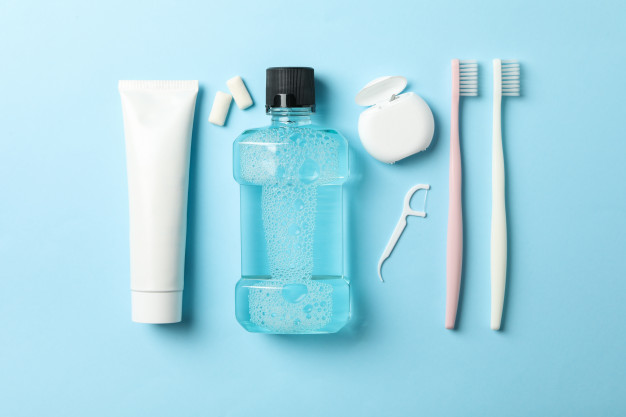
Brushing
You should brush your teeth for at least two minutes twice a day. An effective oral hygiene routine keeps your teeth clean, breath fresh and contributes to the prevention of gum disease. Below are some easy to follow tips on brushing effectively.
- Select a soft-bristled toothbrush with a small head so you can access hard to reach places and your back teeth.
- Hold your brush at a 45-degree angle against your gum-line; softly brush from where the tooth and gum meet, to the chewing surface in short strokes.
- With a short sweeping action, clean the chewing surfaces of your teeth, tipping the bristles allows you to get into the pits and crevices of your back teeth or molars.
- To clean the inside surfaces of your top and bottom front teeth and gums, hold your brush almost vertically. Using a forward and back motion, bring the front part of the brush over the teeth and gums.
- To remove bacteria that can cause bad breath, brush your tongue and roof of your mouth. Use a forward-sweeping motion from back to front; it may take a little time to get used to, but it is an important part of total cleaning.
- Brushing cannot remove the food build up between your teeth as the toothbrush bristles cannot penetrate into such a small space. That is why brushing alone is only part of an effective daily oral health routine.
Electric toothbrushes
Research has shown electric toothbrushes are effective at plaque removal if they are used correctly. However, how often you use it and your brushing technique are always more important than what toothbrushes you use.
Flossing
Flossing will remove plaque build-up and food particles caught between teeth from daily meals not able to be accessed with your toothbrush. When flossing, be careful to avoid injuring your gums. Do not force the floss down too hard in between your teeth.
- Using approximately 30cm of floss, wind it loosely around your middle fingers. Carefully insert the floss between two teeth using a back and forward sawing action. Curve the floss around the side of your tooth to make a rounded “V” shape. Slide the floss up and down the side of each tooth. Gently push the floss under the gums as far as it can go whilst the floss is curved around the root of the tooth, ensuring not to apply too much force.
- Use a clean length of floss for each tooth, repeat the process for all your teeth. Do not forget to floss the back and sides of your back teeth. Although it can take some time to master, it’s an important part of your daily oral hygiene routine.
- Children’s teeth also need flossing. You should help your child brush and floss until they are around 8 years old, as younger children are not able to do this effectively on their own.
- Flossing wands are of great benefit to children and adults alike as the floss is held in a holder that makes it easier to apply the floss to the hard to reach spaces. Ensure you clean the plaque from the floss before reinserting your flossing wand into each crevice.
Mouthwash
There is a large variety of over the counter mouthwashes available from supermarkets or chemists. Mouthwash is of great benefit to those who have difficulty in the manual dexterity required to clean back teeth. Ensure you follow the directions on the mouthwash correctly. Ask your dentist if mouth washing would be of benefit to you.
Dietary Advice
Every time you eat, plaque (a clear sticky film) develops on the surface of your teeth. Sweet and sticky foods like chewy lollies, caramel and jams stick to your teeth after eating them and create an environment conducive to decay.
A healthy balanced diet consisting of the basic food groups, high in fresh fruit, vegetables and low in sugar is essential for good oral health. When snacking between meals, substituting vegetable and cheese sticks, yoghurt, nuts and fruits over sweet treats, will decrease your chances of plaque and tartar build-up, which lead to the development of tooth decay.
At Boroondara Dental, we recommend you eat sweet foods, snacks and drinks at normal meal times to limit the amount of exposure your teeth receive to sugar produced acids, as it is not the quantity of sugar and starch you consume that causes the most problem, it is the frequency. Eating snacks between meals or sipping on sweetened drinks, both soft drinks and sweetened tea, coffee and hot chocolate throughout the day will expose your teeth to more acid over a longer period.
Chewing sugarless gum or snacking on sugarless treats will increase saliva flow and reduce the amount of bacteria in your mouth. We also advise you rinse your mouth with fluoridated water after eating and drinking sweet products if you are unable to brush your teeth.
The team at Boroondara Dental are able to provide you with helpful advice on decay prevention and healthy teeth friendly snacks.